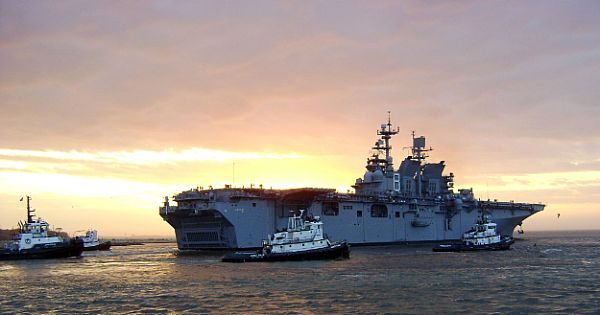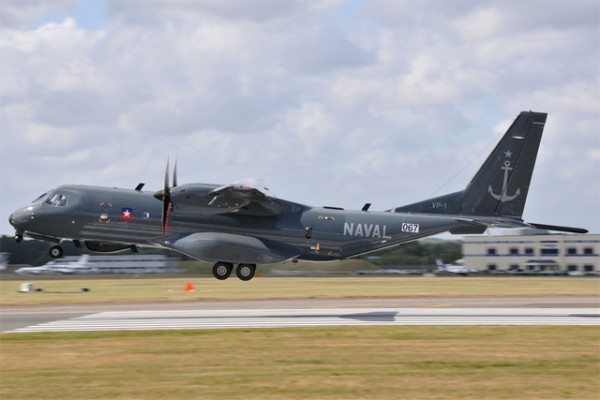The U.S. Navy’s fleet numbers 284 ships, including 29 amphibious warfare ships that are designed primarily to carry marines and their equipment into combat but also to perform peacetime missions.
Today CBO released a report—requested in the report of the Senate Armed Services Committee on the National Defense Authorization Act for Fiscal Year 2011—reviewing the size, missions, and use of the Navy’s amphibious warfare ships and related expeditionary forces under the Navy’s 2012 shipbuilding plan.
CBO’s Main Findings
- The number of amphibious warfare ships falls short of the Navy’s goal of 33 ships in 15 of the next 30 years
- The current amphibious force is not sufficient to meet the “unconstrained” needs (18 ships) for overseas deployment identified by combatant commanders (the four-star generals or admirals who head the regional commands responsible for all military operations within their geographic areas) in 2010—that is, the number of ships they desired in the absence of any fiscal or force structure constraint.
- Meeting the combatant commanders’ goal of 18 ships with the existing force would substantially increase deployment time and reduce time in ships’ home ports.
The Navy’s Amphibious Force Will Fall Below Its Objective in Half of the Next 30 Years
The Navy established a goal for a fleet of 33 amphibious ships in its 2012 30-year shipbuilding plan. (In 2012, it will have 30 such ships.) Between 2012 and 2041, it currently plans to purchase 20 amphibious ships at a cost of about $50 billion, and to retire 22 amphibious ships.
Under that 2012 plan, the Navy’s inventory of amphibious ships would reach at least 33 ships for 15 of the next 30 years—between 2017 and 2031. The rest of the time, from 2012 to 2016 and from 2032 to 2041, the size of the amphibious force would fall below that objective.
The Amphibious Force Met Commanders’ 2007 Request for Overseas Presence but Not Their 2010 “Unconstrained” Demand
The Navy partially uses its amphibious force to meet combatant commanders’ goals for overseas presence. At any given time:
- About 30 percent of the total force of amphibious ships is deployed overseas conducting operations;
- About 74 percent is “deployable”—that is, in good condition and with the crew sufficiently trained to perform a variety of missions;
- About 90 percent could be made available for an amphibious assault if the Navy had about three months to prepare.
In 2007, the commanders generally aligned their reported demand for deployed amphibious ships with the number of ships available for routine deployment. At that time, the combatant commanders requested nine ships, which could be accommodated with the existing fleet.
In 2010, commanders’ requests were no longer limited to the number of ships available; rather, the commanders could seek an unconstrained amount. In that year, the combatant commanders requested 18 ships.
But meeting the request for 18 ships deployed overseas with the existing force—30 ships—would substantially increase deployment time and reduce time in ships’ home ports. Specifically, over a 27-month (117-week) operating cycle for such ships:
- Deployment time would more than double—from 26 weeks to 62 weeks.
- Time in home port would fall from 57 percent to 36 percent, well short of the Navy’s goal of 50 percent.
However, it is unclear how useful an unconstrained measure of demand is for force planning: Without constraints, the desire for any asset usually exceeds its supply.
[Download not found]










